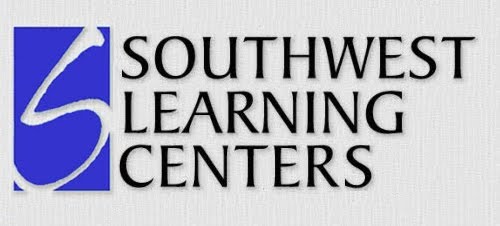Franklin Schargel* was interviewed on Eye on New Mexico on Sunday, February 20th, 2011. The show was broadcasted all over the state and in El Paso, Texas. The interview touched upon legislation and Franklin's personal opinions and ideas, but focused on real data in light of New Mexico's new educational and political landscape. At the end of the segment, Franklin made this summarizing point:
"But the reality is education, even though it's taking over 50% of the state budget or close to 50%, is not expensive. Ignorance is very expensive. The U.S. Department of Justice says that 82% of all of our prisoners are school dropouts. Well, as a society, we can either pay for education upstream or the lack of education downstream. As a society, not just here in New Mexico, we are more willing to spend money downstream in incarceration. The average cost of incarceration in the country is $41,000 a year. Per inmate, per year. I don't know of any school system that is willing to spend or capable of spending that much money on education."
"But the reality is education, even though it's taking over 50% of the state budget or close to 50%, is not expensive. Ignorance is very expensive. The U.S. Department of Justice says that 82% of all of our prisoners are school dropouts. Well, as a society, we can either pay for education upstream or the lack of education downstream. As a society, not just here in New Mexico, we are more willing to spend money downstream in incarceration. The average cost of incarceration in the country is $41,000 a year. Per inmate, per year. I don't know of any school system that is willing to spend or capable of spending that much money on education."
Schargel recently spoke at a graduation workshop held by the United Way of Cass-Clay in Fargo, ND. Over 100 community leaders listened as the author identified the top reasons students quit school: alcohol or drug use, poor teacher quality and curriculum planning, and low parental involvement. His advice was for policymakers to "recognize that we have a very severe problem," adding that teachers should make an effort to get to know their students.
Schargel is the author of many books on dropout prevention, including 152 Ways to Keep Students in School: Effective, Easy-to-Implement Tips for Teachers and co-author of titles such as Creating School Cultures that Embrace Learning: What Successful Leaders Do.
Schargel is the author of many books on dropout prevention, including 152 Ways to Keep Students in School: Effective, Easy-to-Implement Tips for Teachers and co-author of titles such as Creating School Cultures that Embrace Learning: What Successful Leaders Do.
*Franklin P. Schargel
Educator, Author, Motivational Speaker, Trainer, Consultant
Franklin Schargel, a native of Brooklyn, New York now residing in Albuquerque, NM, is a graduate of the University of the City of New York. Franklin holds two Masters Degrees: one in Secondary Education from City University and a degree from Pace University in School Administration and Supervision. His career spans thirty-three years of classroom teaching, school counseling and eight years of school supervision and administration.
